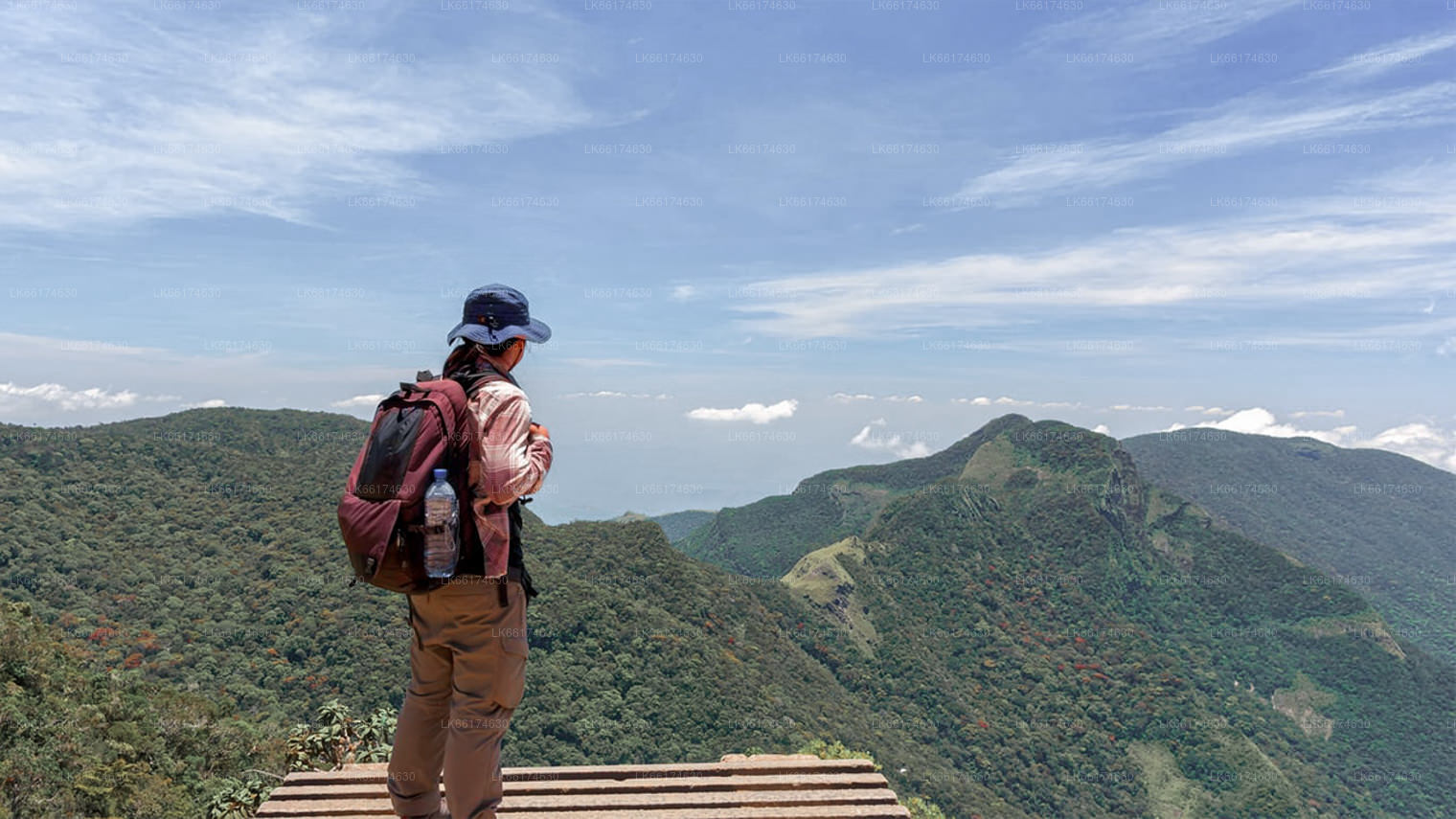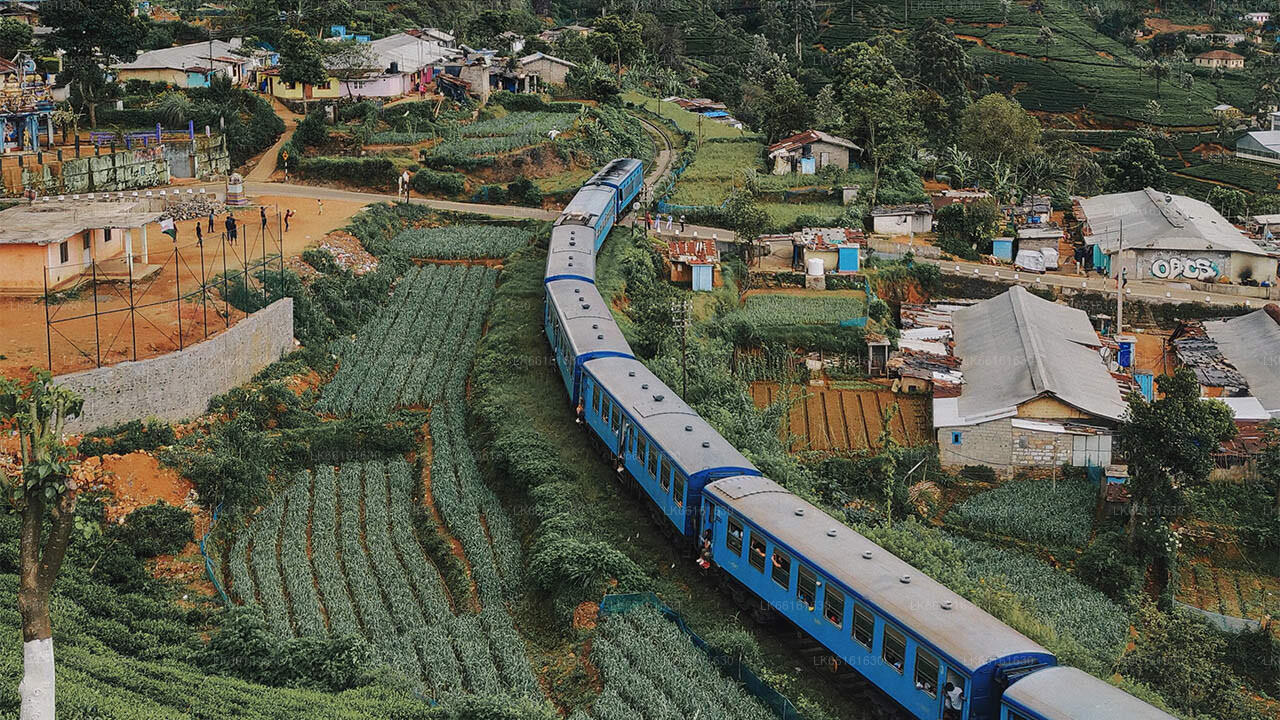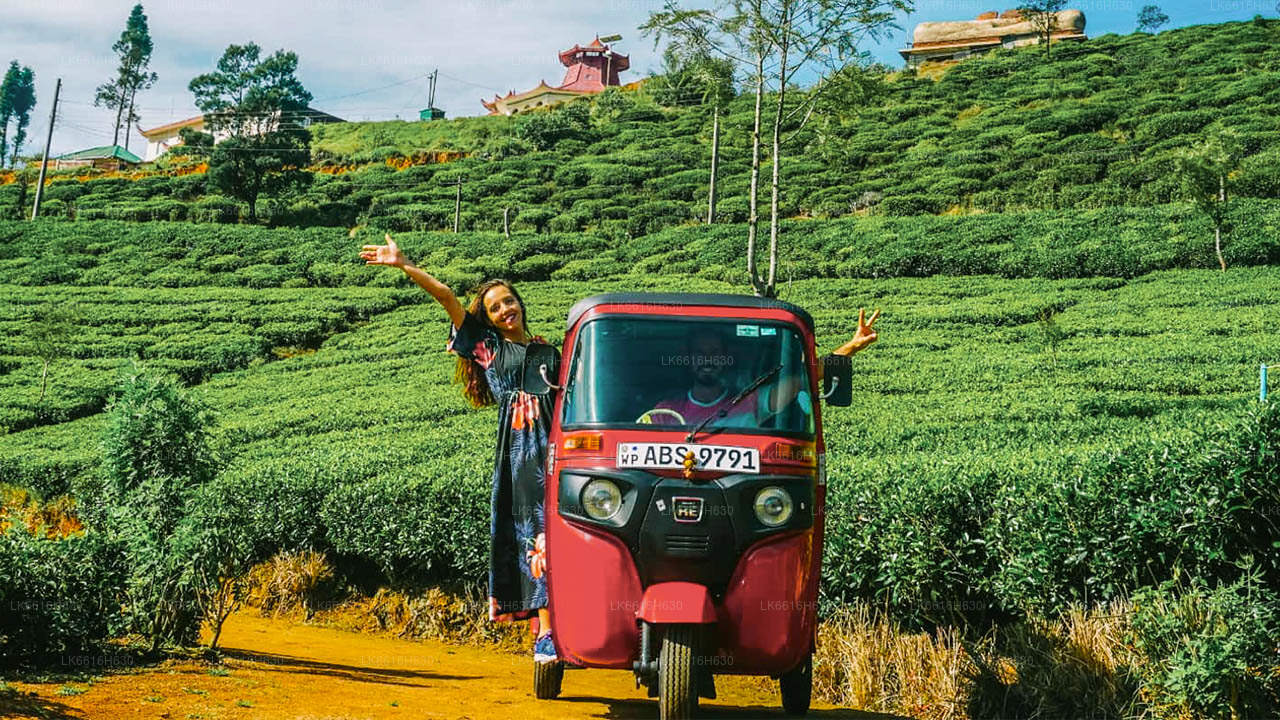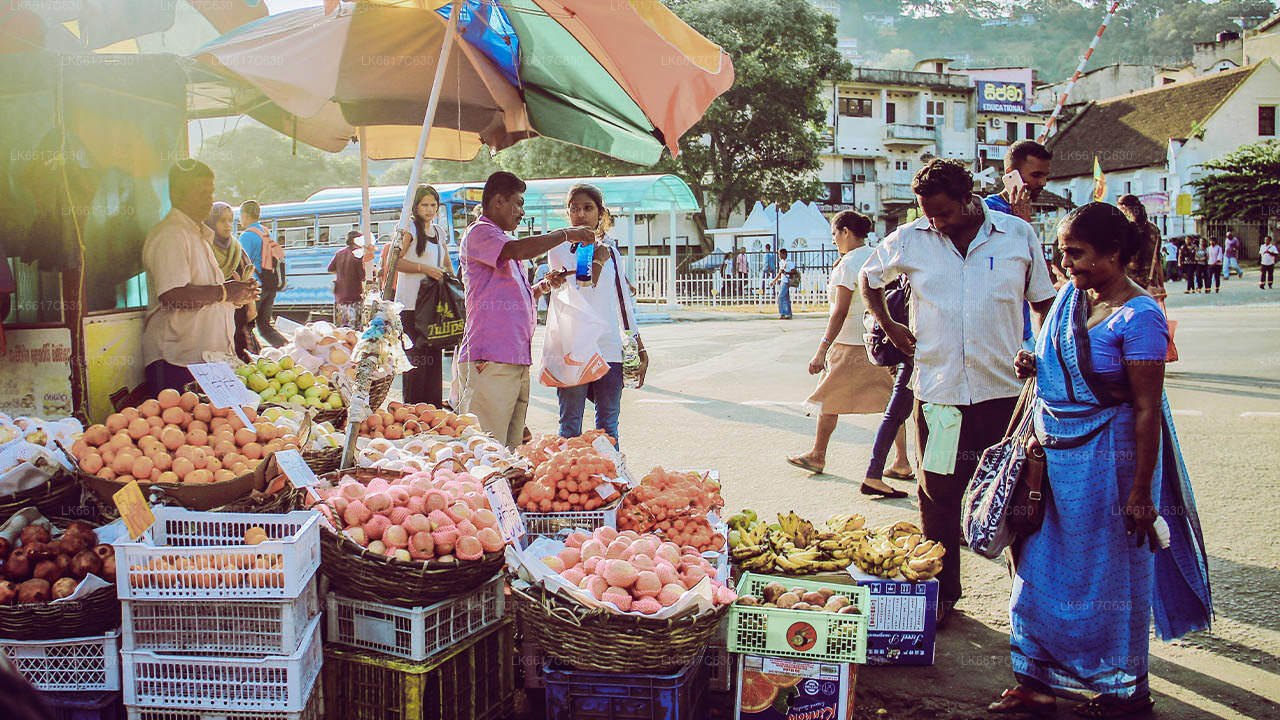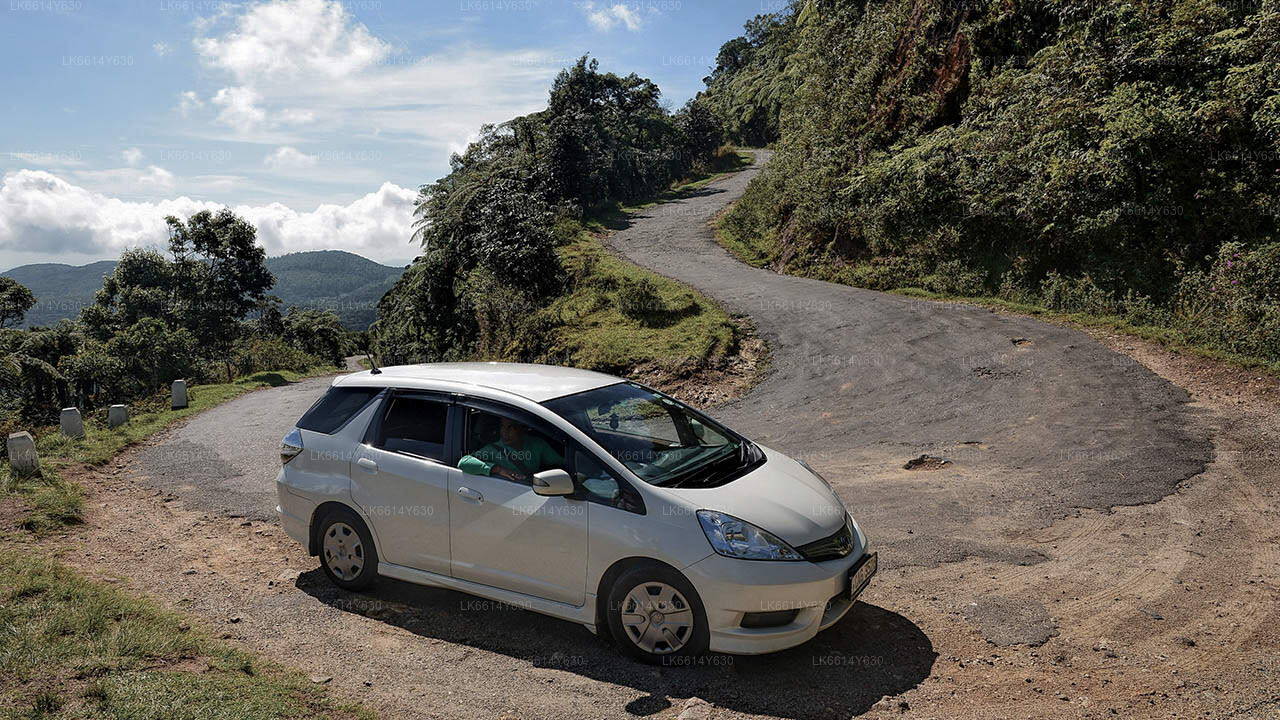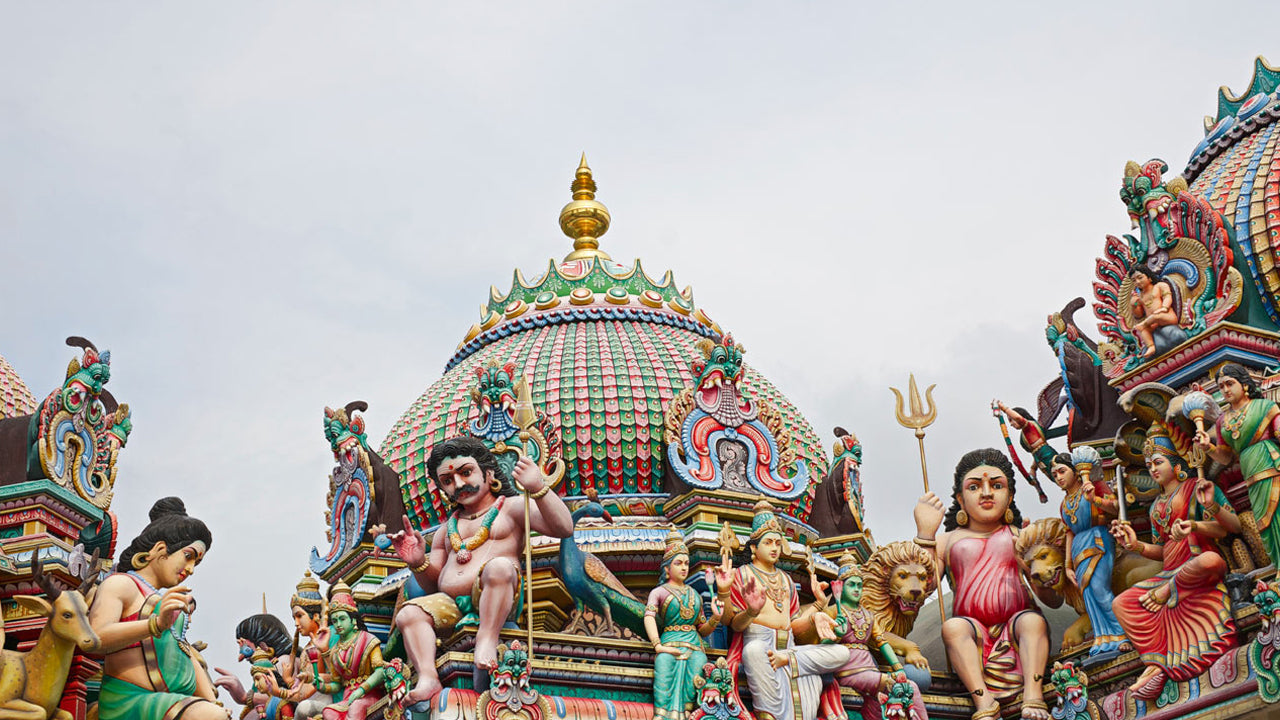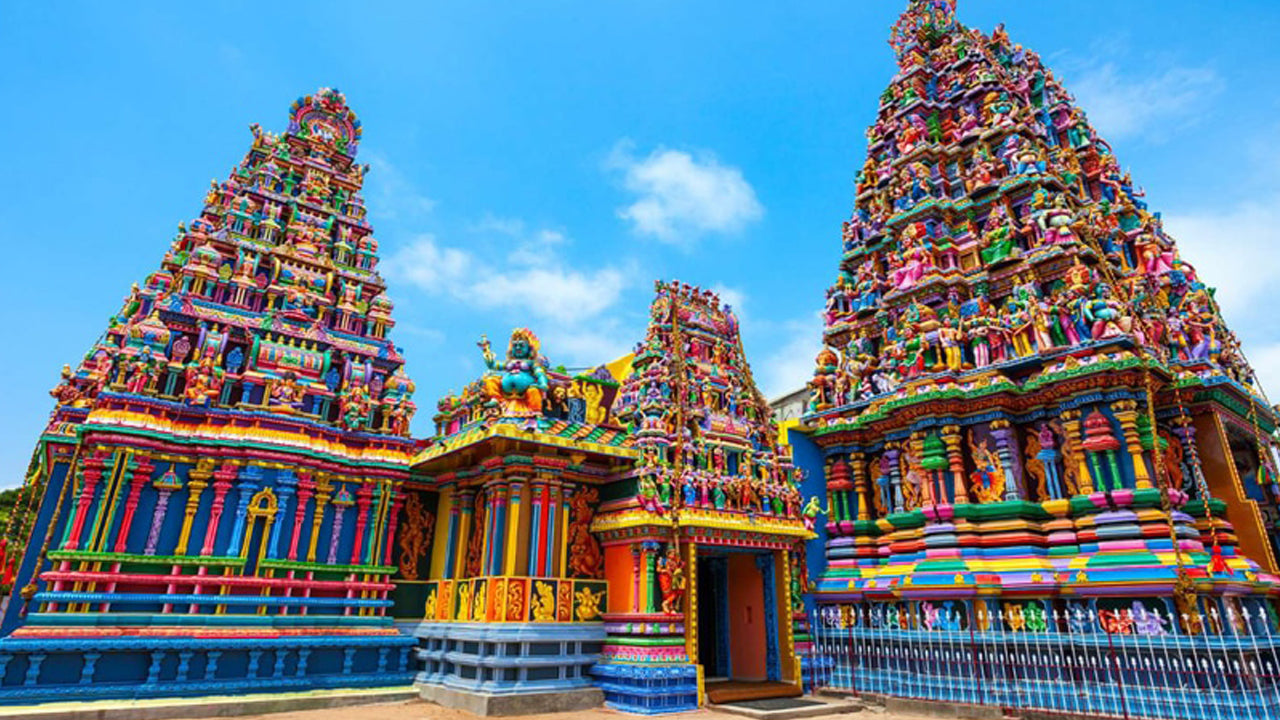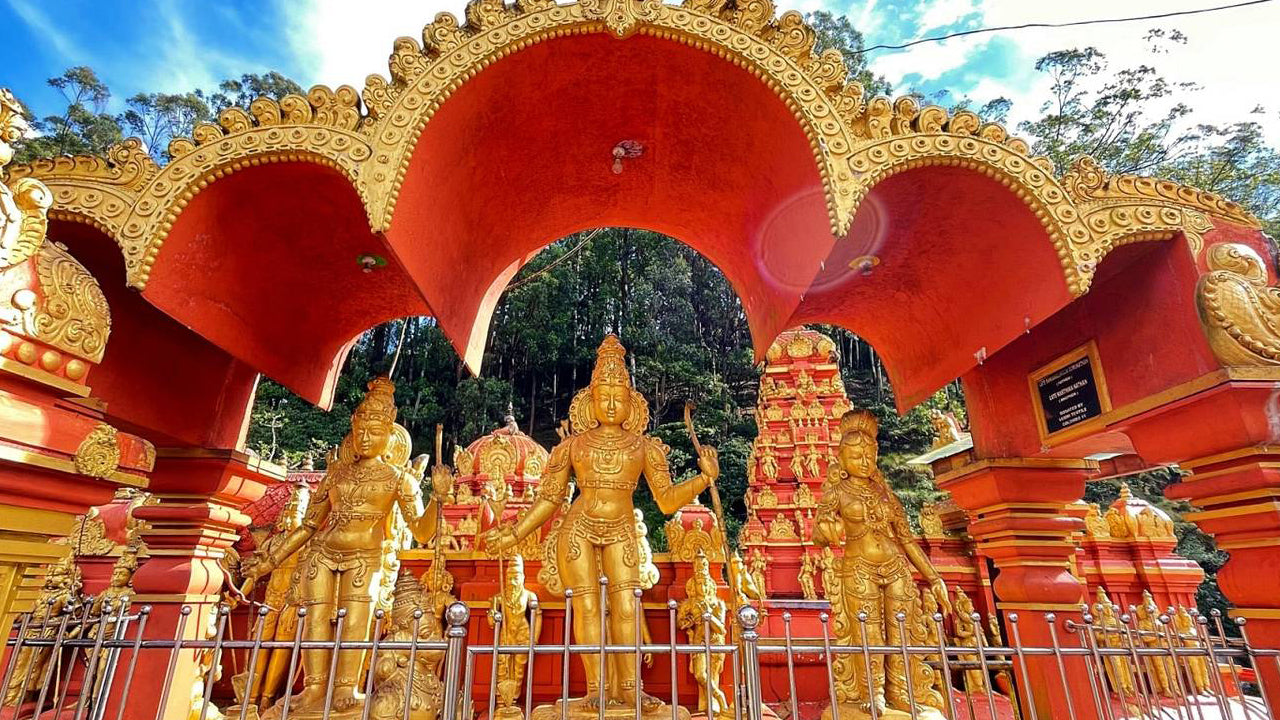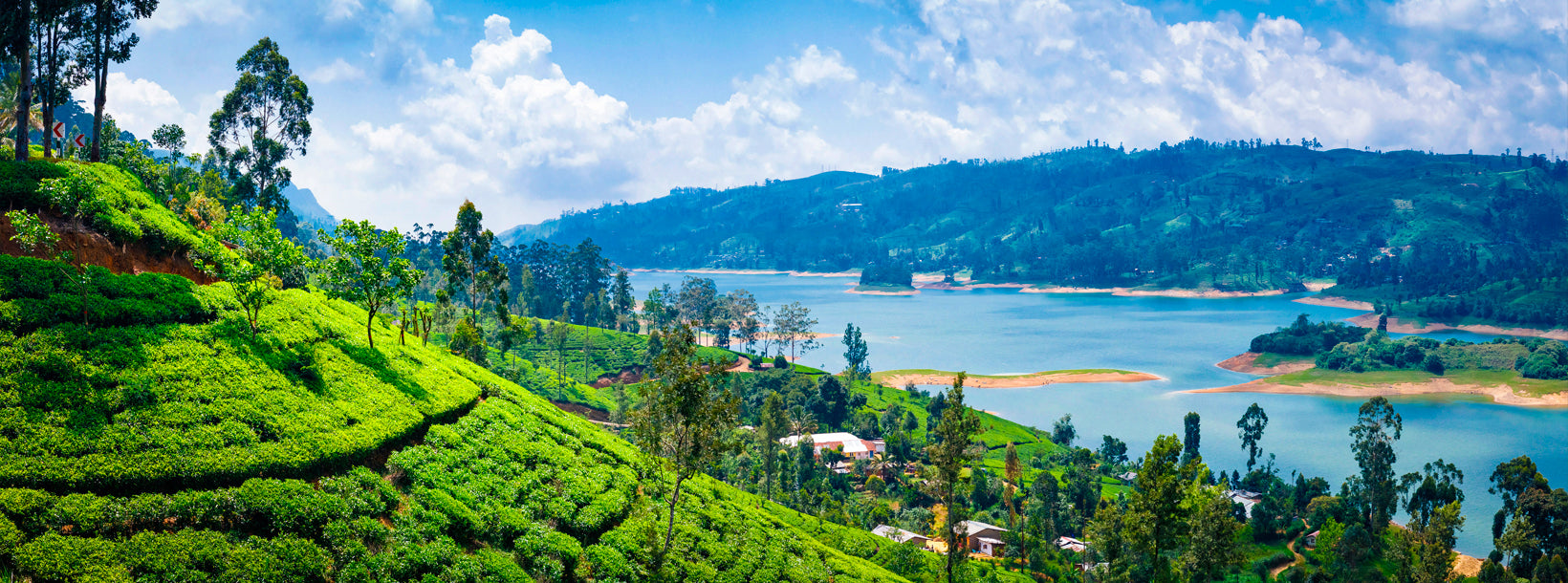
Nuwara Eliya City
Nuwara Eliya, nestled in the heart of Sri Lanka, is a picturesque hill station renowned for its lush tea plantations, cool climate, and colonial charm. Surrounded by verdant landscapes, it offers visitors a serene retreat with its scenic beauty, historic architecture, and vibrant local culture.
Nuwara Eliya City
Nuwara Eliya is located 150 km away from Colombo in the Central Highlands of Sri Lanka.
Reaching Nuwara Eliya
Nuwara Eliya can be reached from Colombo via Kandy, which is the gateway to the Central Highlands of the island. Colombo-Kandy-Nuwara Eliya is the most scenic highland motor road of Sri Lanka. Though the city of Nuwara Eliya has no railway station, the highland railway line that winds past the city of Nanu Oya makes the journey by train one of the most scenic and memorable experiences. The journey to Nuwara Eliya from Kandy by train as well as by car is equally spectacular. The alternative route to Nuwara Eliya from Colombo is via Hatton, which is located in the southern area of the Central Highlands.
The Climate, Terrain and Vegetation of Nuwara Eliya
Nuwara Eliya, which is at an elevation of 1890 meters above sea level, is the highest city in Sri Lanka and it lies beneath the tallest peak of the island, Pidurutalagala or Mount Pedro (2555 meters).
Spring in Nuwara Eliya
The salubrious climate has branded Nuwara Eliya into a sanatorium that attracts Sri Lankan tourists as well as foreign travelers to the seasonal event during February to April. Golf tournaments, horse racing, motocross, clay pigeon shooting, and carnival features are some of the main festivities. The downside of the season is the accommodation rates that shoot up. With thousands of local tourists flocking to Nuwara Eliya, filling up hotels and guesthouses that provide budget accommodation, foreign tourists would find it necessary to have their hotel bookings sorted out well in advance.
The Establishment of the City of Nuwara Eliya
Though Nuwara Eliya had been inhabited during the early period of the Kingdom of Kandy, the existence of the spectacular "Eliya" valley set amidst the wooded green mountains wasn't known to the Colonial British until the accidental discovery by the civil servant John Davy in 1819. However, it took another decade for the British to realize the potential of the city as a whole.
Governor Edward Barnes converted Nuwara Eliya into a commercial and coffee planting center during the 1830s. In 1847, the colonial explorer Samuel Baker introduced the gardening of English vegetables in Nuwara Eliya. To date, Nuwara Eliya is the leading producer of European vegetables in Sri Lanka and distributes them across the island.
Following the Coffee Blight in Sri Lanka during the 1870s, the plantation of tea was introduced by Sir James Taylor, resulting in the development of the Nuwara Eliya district as the heart




